The Aston Martin DB12 has made its debut to succeed the DB11 that was introduced in 2016, and now the DB12 arrives to mark “a new era for Aston Martin as the first of its next-generation supercars,” according to the British marque.
The bonded aluminium structure of the DB12 achieves a 7% increase in torsional stiffness through a range of changes to its underbody components, including the engine cross brace, front and rear undertrays, the front crossmember and rear bulkhead.
The improvements have been focused on torsional rigidity and lateral stiffness especially between the front and rear strut towers, offering a more stable platform for the rear axle. These result in improved suspension performance, isolation and refinement, plus improved steering feel and driver connection, says the carmaker.
While its predecessor, the DB11 broke cover with a V12 engine, later adding a V8 to its range, it is the latter configuration that finds a home in the DB12, specifically a 4.0 litre biturbo V8 engine that outputs 680 PS at 6,000 rpm and 800 Nm of torque from 2,750 rpm to 6,000 rpm, the latter an increase by 34% compared to the DB11, says Aston Martin.
Increased outputs from the engine have been achieved with modified cam profiles, revised compression ratios, larger diameter turbochargers and increased cooling from a redesigned cooling system.
Drive goes to the rear wheels via an eight-speed automatic transmission and an electronic differential, which is linked to the car’s stability control system, enabling adjustment from fully open to 100% locked in milliseconds for maximum response, the carmaker says.
A new generation of adaptive dampers are used in the DB12, with a claimed 500% increase in bandwidth of force distribution and which offer a wider range of control and refinement across its offering of drive mode settings.
Revisions to the electronic power assisted steering (EPAS) feature the use of a non-isolated steering column, offering “pure and uncorrupted” feedback from the road, while the EPAS calibration aims to offer plenty of on-centre feel with a natural rate of response; this is via a constant 13.09:1 ratio rack for 2.4 turns lock-to-lock with variable, speed sensitive assistance.
Braking as standard equipment comes with 400 mm cast-iron disc brakes in front and 360 mm discs at the rear, both featuring grooved and drilled discs.
Compared to the DB11, its brake booster has been retuned for better pedal feedback. a carbon-ceramic brake kit is optional, offering improved braking performance and reduced fade at up to 800°C, while a reduction of 27 kg in unsprung mass compared to the standard brakes offering improved handling and steering response.
Rolling stock is 21-inch forged alloy wheels measuring 9.5J front and 10.5J rear as standard, offered in a five-spoke design in gloss silver, a multi-spoke design in satin platinum, satin black and satin black diamond-turned, a Y-spoke design in satin bronze, satin black and satin diamond-turned finish. Using simulation processes to remove excess mass, these 21-inch wheels are 8 kg lighter than previous 20-inch designs.
These are shod in the first OEM application of the Michelin Pilot Sport 5 S tyres, here on the DB12 with the ‘AML’ code for the bespoke compound tyres. These measure 275/35 R21 103Y in front and 315/30 R21 108Y at the rear.
For electronic stability control, the DB12 offers four preset modes – Wet, On, Track, and Off – which are selectable via a button on the centre console. This system works from a range of sensors on the vehicle, the most advanced of which is a new six-axis inertial measurement unit (IMU).
The multi-mode stability control programming is joined by five drive modes – GT, Sport, Sport Plus, Wet and Individual. The first three progressively offer more freedom to explore the limits of grip, Wet is for use on low-grip surfaces, and Individual enables the driver to mix and match choices across the chassis, powertrain, stability control and traction control parameters.
For the interior, the DB12 marks a departure from previous and existing Aston Martin models like its DB11 predecessor as well as the DBS Superleggera, where those were more organic and curvy in its lines compared to those in the DB12.
The overall dashboard architecture now sports a high centre console design – also seen in the 992 Porsche 911 – and now employs more straight lines, along with a more conventionally rounded, flat-bottom multifunction steering wheel. Upholstery is by Bridge of Weir leather, and Alcantara can also be specified; both feature a new quilting pattern in the DB12.
Infotainment is also where the DB12 makes a step change from its predecessor, now featuring the first system that has been fully designed and developed in-house by Aston Martin. This supports wireless Apple CarPlay and Android Auto, displayed through a 10.25-inch screen with 1,920 x 720 resolution and capacitive touch control with a 30-millisecond reaction time.
Physical controls have been retained for key operations, where buttons are used for controls such as gear selection, drive selection, and air-conditioning, while there are also physical override switches for chassis, ESP and exhaust, Lane Assist and parking sensors.
Navigation in the DB12 gets online connectivity, enabling its users to look up locations with reviews and select them as a destination. These can also be selected on the Aston Martin mobile app (for iOS and Android), which can then be sent to the DB12 prior to departing.
This online connectivity also brings OTA updates and diagnostics that help the systems in the DB12 to continually evolve as products, services and support become available. Meanwhile, audio come courtesy of a 15-speaker system by Bowers & Wilkins, a double-amplified surround-sound setup rated at 1,170 watts with 3D headline speakers and subwoofer.
Customer deliveries of the Aston Martin DB12 is scheduled to commence in the third quarter of this year.
Looking to sell your car? Sell it with Carro.

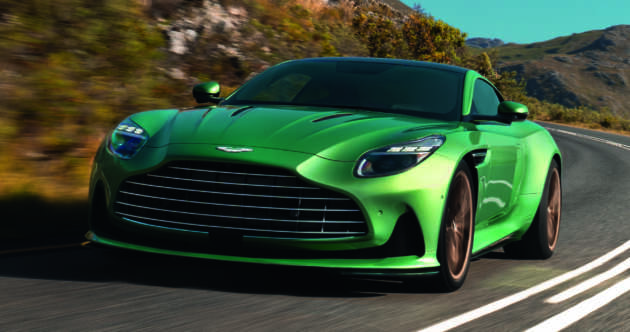




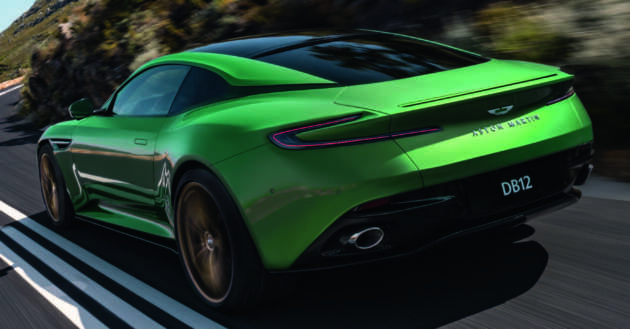
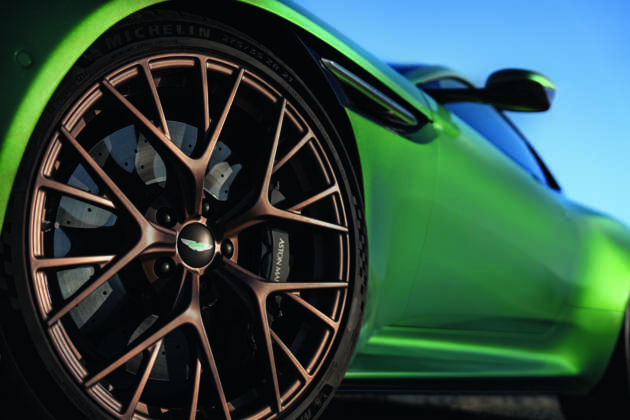
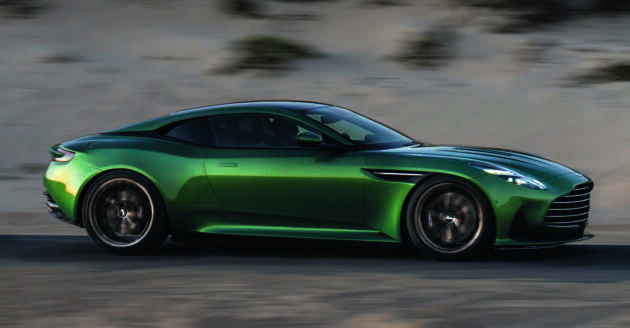
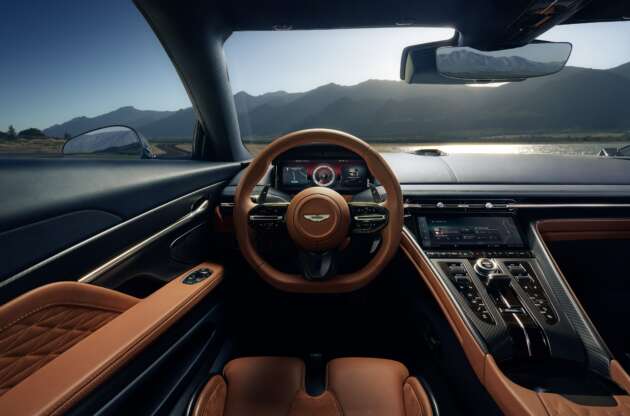
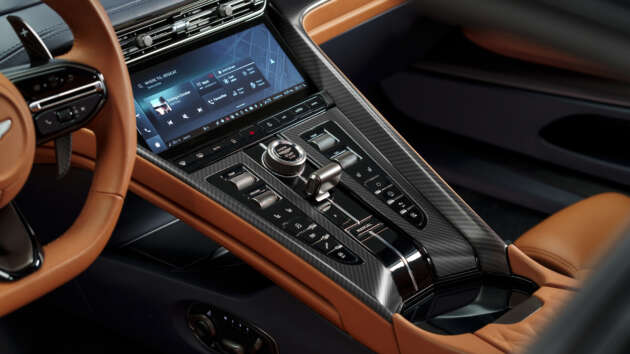
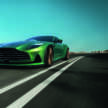

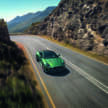
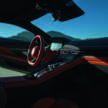
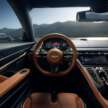


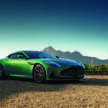

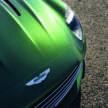


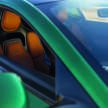
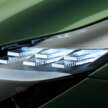

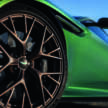
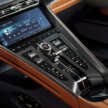
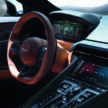
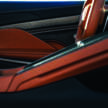
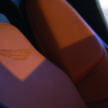
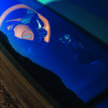
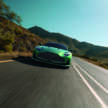

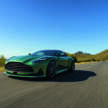
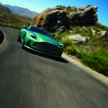



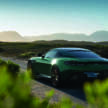



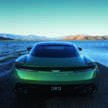
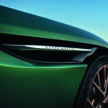
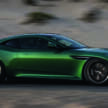

how dare they use in house infotainment?
with geely’s increasing investment in aston martin, you can be pretty sure they will change to Geely infotainment soon and have no apple carplay
wkwkkwkwwkkwkwwkwk
the infotainment screen are from geely parts it think, same as x50..haha